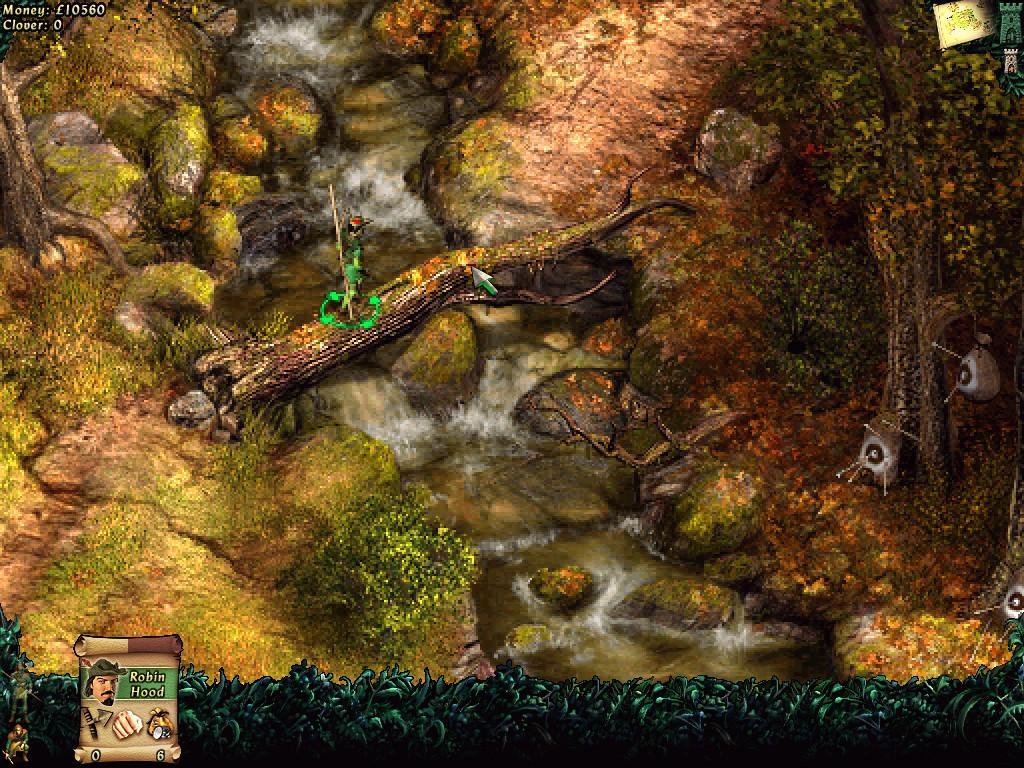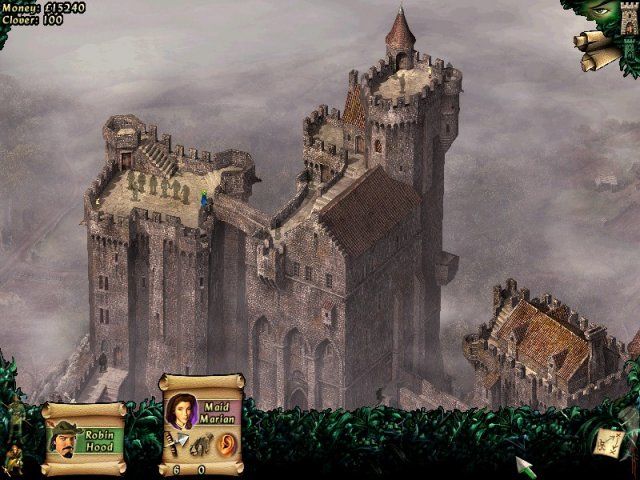
In Howard Pyle's The Merry Adventures of Robin Hood, he was specifically sought out as part of the tale of Alan-a-Dale: Robin has need of a priest who will marry Allan to his sweetheart in defiance of the Bishop of Hereford. Because of this, and in spite of his taste for good food and wine, he became the chaplain of Robin's band. He was a former monk of Fountains Abbey (or in some cases, St Mary's Abbey in York, which is also the scene of some other Robin Hood tales) who was expelled by his order because of his lack of respect for authority. What follows is a story which includes different versions of the legend. However, the association of Robin Hood with Richard I was not made until the 16th century the early ballad " A Gest of Robin Hood" names his king as "Edward". In addition, multiple historical references to eremitic hermits unallied with formal orders have been noted, among them Eustace the Monk (a medieval outlaw) and Robert of Knaresborough who was contemporaries with Richard I. Christian religious hermits in England do date as far back as Cuthbert in the late 7th century.


The character entered the tradition through these folk plays, and he was originally partnered with Maid Marian: "She is a trul of trust, to serue a frier at his lust/a prycker a prauncer a terer of shetes/a wagger of ballockes when other men slepes." His appearance in "Robin Hood and the Sheriff" means that he was already part of the legend around the time when the earliest surviving copies of the Robin Hood ballads were being made.Ī friar with Robin's band in the historical period of Richard the Lion-Hearted, would have been unlikely as the period predates formal mendicant religious orders in England. He appears as a character in the fragment of a Robin Hood play from 1475, sometimes called Robin Hood and the Knight or Robin Hood and the Sheriff, and a play for the May games published in 1560 which tells a story similar to " Robin Hood and the Curtal Friar" (the oldest surviving copy of this ballad is from the 17th century). The figure of the jovial friar was common in the May Games festivals of England and Scotland during the 15th through 17th centuries.


 0 kommentar(er)
0 kommentar(er)
